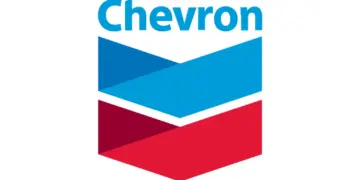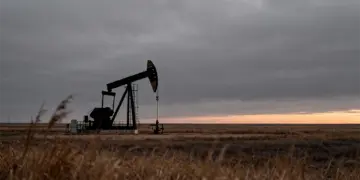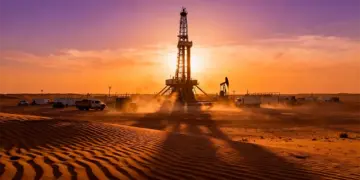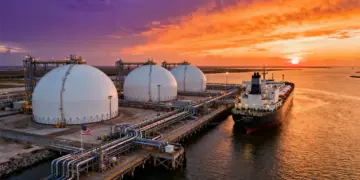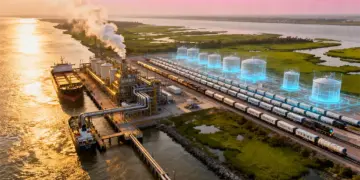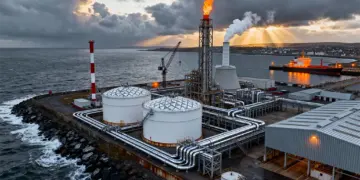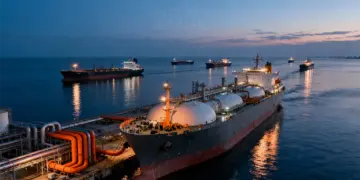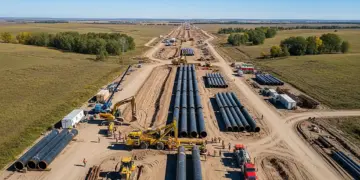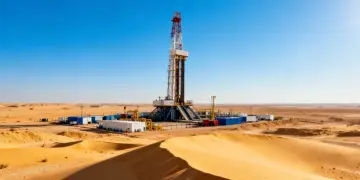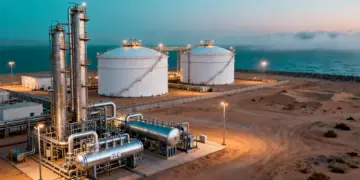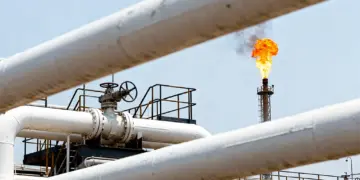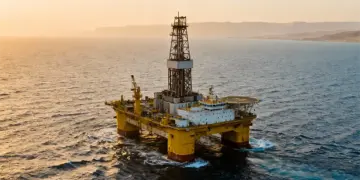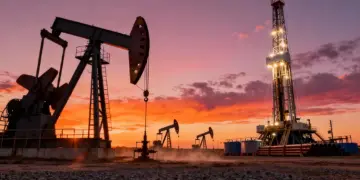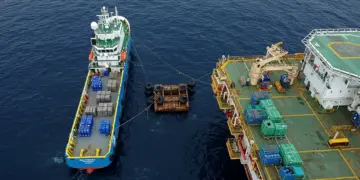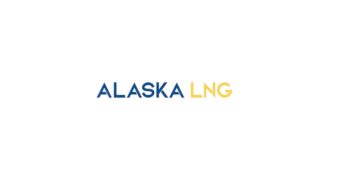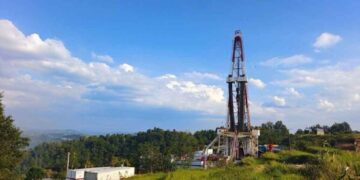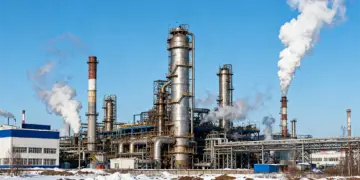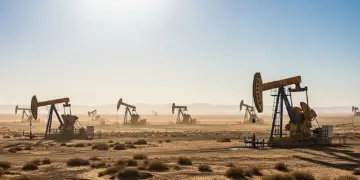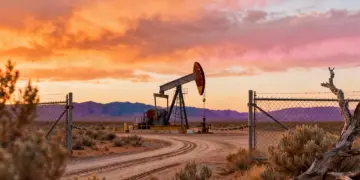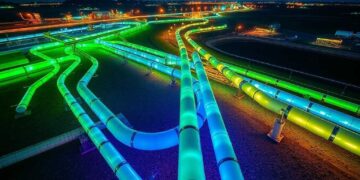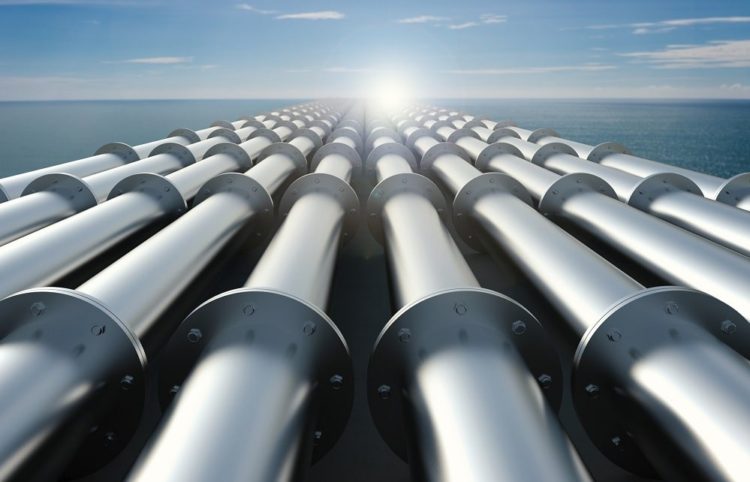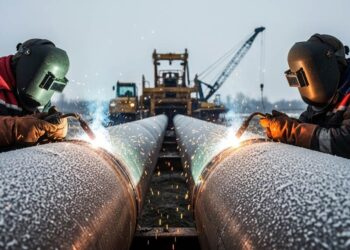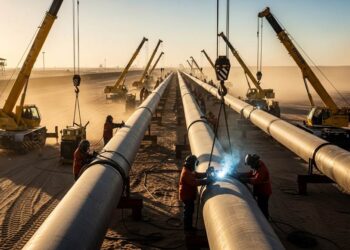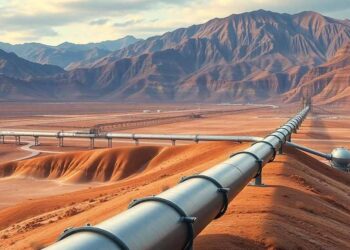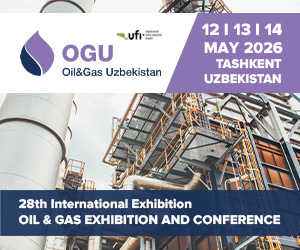So far in 2021, two petroleum liquids pipeline projects have been completed, and 17 more projects have been announced or are currently under construction, according to updated data in EIA’s ‘Liquids Pipeline Projects Database’. That total includes 12 crude oil projects, six hydrocarbon gas liquids (HGLs) projects, and one petroleum product project. Of the 19 projects, ten projects are new pipelines, seven projects are expansions or extensions of existing systems, and two projects are conversions of the commodity carried on the pipeline.
In 2020, 24 petroleum liquids pipeline projects were completed. That total includes 11 crude oil projects, 12 HGL projects, and one petroleum product project. Of the 24 projects, 11 projects were new pipelines, 11 projects were expansions of existing systems, one project was a conversion of the commodity carried on the pipeline, and one project was a combination of new and existing pipelines.
EIA’s ‘Liquids Pipeline Projects Database’ documents more than 250 current, future, and past liquids pipeline projects in the US. These pipelines carry crude oil, HGLs, and petroleum products – which include gasoline, diesel, jet fuel, and other refinery products. This database includes projects that date back to 2010. EIA’s database contains project types, start dates, capacity, mileage, geographic information, and project status. It tracks expanded, reversed, converted, and new pipeline projects. Not all pipelines are independent projects. Some projects are connected to each other and carry the same liquid to its final destination. As a result, simply adding together the capacity of all projects would result in overestimating or double-counting the ability to deliver to customers.
The database complements EIA’s natural gas pipeline projects table. The database is updated based on the best available information from pipeline company websites, trade press reports, and government documents, such as US Department of State permits for border crossings. Updates are released to the database twice each year: in the late spring and the fall. The data reflect reported plans. They are not a forecast and do not reflect our assumptions on the likelihood or timing of project completion.


